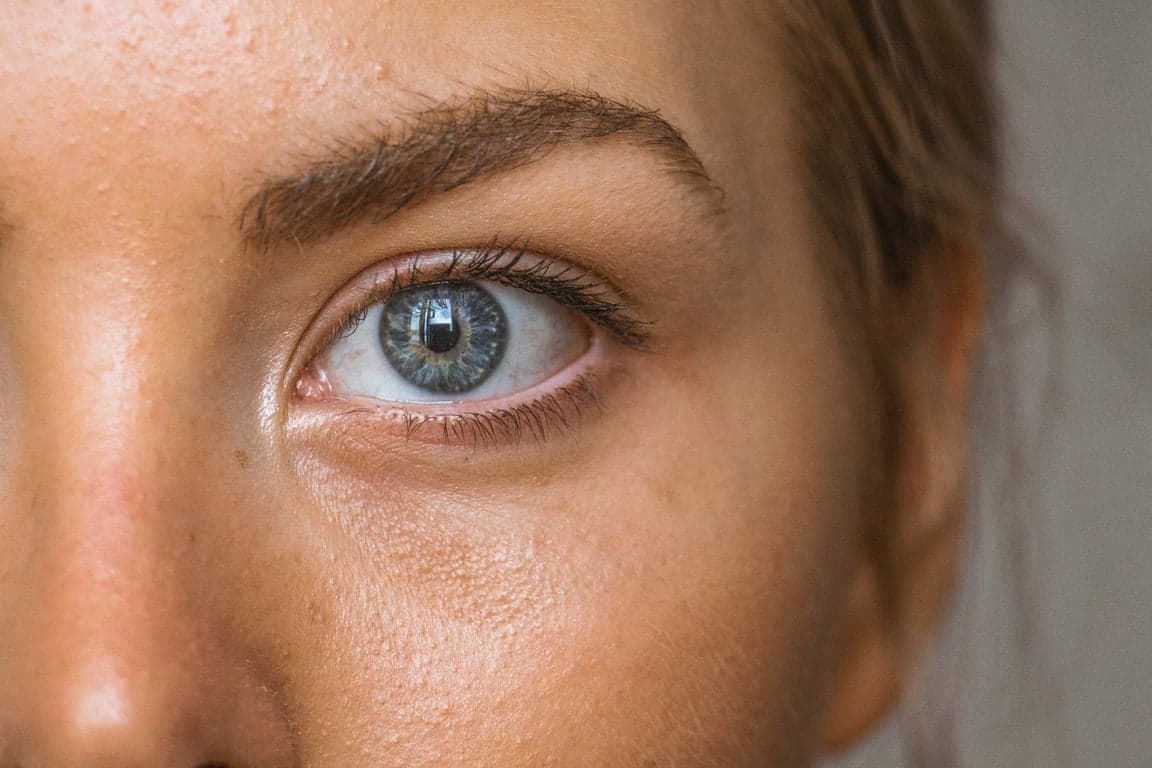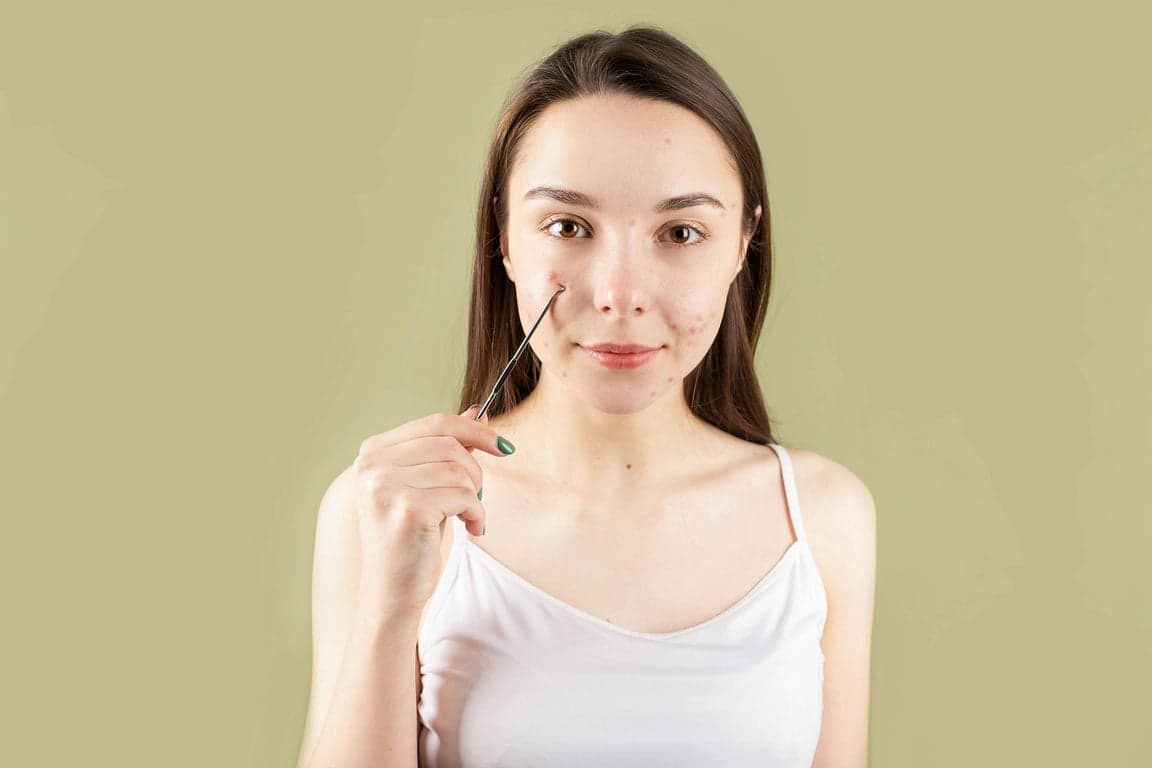
Comprehensive Guide to Managing Dry Skin
Dry skin can be uncomfortable, leading to a variety of symptoms that can affect your confidence and overall skin health. Understanding the causes, symptoms, and effective management strategies is crucial in restoring moisture and maintaining a healthy skin barrier. This guide aims to provide a comprehensive approach to managing dry skin, including a step-by-step skincare routine, product recommendations, and essential tips for different climates.
Understanding Dry Skin: Symptoms and Causes
Symptoms of Dry Skin
Common symptoms of dry skin include:
• Tightness: Skin may feel tight after cleansing or exposure to dry conditions.
• Flakiness: Visible dry patches or scales can form, particularly in areas like the elbows and knees.
• Dullness: Lack of luster or glow, making the skin appear lifeless.
• Redness and Irritation: Inflamed patches may appear due to the compromised skin barrier.
• Fine Lines and Wrinkles: Dehydrated skin can exacerbate the appearance of aging.
Common Causes
Several factors contribute to dry skin, including:
• Environmental Factors: Low humidity, harsh weather, and excessive sun exposure can lead to moisture loss.
• Aging: As we age, our skin produces less oil, leading to a weaker moisture barrier.
• Weakened Skin Barrier: Conditions like eczema or frequent washing can compromise the skin’s natural barrier.
• Lifestyle Factors: Diets low in essential fatty acids, excessive alcohol consumption, and certain medications can contribute to dryness.
Key Terms
• Transepidermal Water Loss (TEWL): This refers to the process through which water passes from the inside of the body through the epidermis and evaporates into the atmosphere. TEWL is a primary concern for dry skin and can be exacerbated by environmental factors and a weakened skin barrier.
Effective Skincare Routine for Dry Skin
To effectively manage dry skin, a consistent skincare routine that focuses on hydrating and protecting the skin barrier is essential. Here’s a breakdown of each step:
1. Cleanser
Choosing a gentle, hydrating cleanser is essential. Avoid harsh soaps that strip natural oils. Look for:
• Oil or Balm Cleansers: Like Dermalogica PreCleanse Oil Cleanser, is a nourishing first step in double cleansing, designed to effectively remove makeup and impurities. This lightweight oil emulsifies with water to dissolve long-wear and waterproof makeup, sunscreen, and excess sebum. Enriched with conditioning essential fatty acids, it helps protect the skin's lipid barrier while cleansing. The formula rinses away easily, leaving skin feeling clean and soft without any greasy residue.
• Cream Cleansers: Such as La Roche-Posay Toleriane Hydrating Gentle Face Cleanser, which is formulated with ceramides and niacinamide to support the skin's natural protective barrier while gently cleansing. Its hydrating formula is suitable for dry and sensitive skin types, effectively removing impurities without stripping the skin of its natural oils. The non-foaming texture leaves skin feeling soft and comfortable, making it an excellent choice for those seeking a gentle yet effective cleansing option.
2. Toner
A hydrating toner can provide an additional layer of moisture. Look for ingredients such as:
• Glycerin: Attracts moisture to the skin.
• Aloe Vera: Soothes and hydrates.
Recommended Product: Klairs Supple Preparation Facial Toner, known for its hydrating properties. This toner features a blend of plant extracts and hydrating ingredients that work together to prepare the skin for better absorption of subsequent products.The formula includes hyaluronic acid, a powerful humectant that can hold up to 1,000 times its weight in water, helping to attract and retain moisture in the skin. Additionally, it contains soothing ingredients like aloe vera and beta-glucan, which help calm irritation and enhance the skin's overall texture.With its lightweight, non-sticky consistency, this toner is suitable for all skin types, including sensitive skin.
3. Serum
Serums are concentrated formulations that penetrate deeper into the skin. Choose one with:
• Hyaluronic Acid: A powerful humectant that can hold up to 1000 times its weight in water, helping to hydrate and plump the skin.
Recommended Product: The Ordinary Hyaluronic Acid 2% + B5 Hydration Support Formula, which combines multiple molecular weights of hyaluronic acid with vitamin B5 to provide deep, multi-level hydration. Hyaluronic acid, a powerful humectant, can hold up to 1000 times its weight in water, effectively plumping and hydrating the skin. The addition of vitamin B5 enhances the formula's moisturizing properties and helps soothe the skin. This lightweight, non-greasy serum is suitable for all skin types and can be easily incorporated into any skincare routine for improved hydration and skin texture.
• Vitamin A: A potent antioxidant that stimulates collagen production and increases cell turnover, helping to reduce fine lines, even skin tone, and improve overall skin texture.
Recommended Product: Drunk Elephant A-Passioni Retinol Cream, which contains 1% vegan retinol blended with supportive peptides and fatty acids to promote skin renewal and resilience. Retinol, a form of vitamin A, is a powerful antioxidant that stimulates collagen production and increases cell turnover. This helps reduce fine lines, even skin tone, and improve overall skin texture. The addition of peptides and fatty acids helps to support the skin's barrier function and minimize potential irritation. With regular use, this cream can help address signs of aging and promote a smoother, more radiant complexion.
4. Moisturizer
Moisturizers seal in hydration and restore the skin barrier:
• Ceramides: Essential for maintaining the skin barrier and preventing moisture loss.
• Squalane: A lightweight oil that mimics the skin’s natural oils.
Recommended Products:
• LANEIGE Water Bank Blue Hyaluronic Intensive Moisturizer with Peptides + Squalane: specifically formulated for dry skin, delivering deep hydration and nourishment. This advanced moisturizer features Blue Hyaluronic Acid, which can hold up to 2,000 times its weight in water, ensuring your skin stays intensely hydrated. The inclusion of peptides helps improve skin elasticity and firmness, while squalane mimics the skin's natural oils to lock in moisture.The rich, creamy texture absorbs quickly without leaving a greasy feel, making it suitable for all skin types but particularly beneficial for those with dryness. With regular use, this moisturizer strengthens the skin barrier and prevents moisture loss, resulting in a plump, radiant complexion.
• CeraVe Moisturizing Cream, which combines three essential ceramides (1, 3, 6-II) and hyaluronic acid for deep, long-lasting hydration and skin barrier support. Ceramides are vital for maintaining the skin’s protective layer, helping to prevent moisture loss and keep skin hydrated. Hyaluronic acid acts as a powerful humectant, attracting water to the skin and ensuring a plump appearance.This rich, non-greasy cream absorbs quickly, making it suitable for all skin types, especially dry and sensitive skin. Additionally, it is fragrance-free and non-comedogenic, ensuring it won't clog pores or irritate.
5. Sunscreen (SPF)
Daily sunscreen is vital for protecting the skin from UV damage. Opt for Broad Spectrum SPF:
Recommended Product: Heliocare 360 Mineral Tolerance, providing both UVA and UVB protection while being gentle on the skin.
Key Ingredients Explained
• Hyaluronic Acid: A naturally occurring substance in the skin that retains moisture.
• Ceramides: Lipids that form the skin’s barrier and help retain moisture.
• Glycerin: A humectant that draws water to the skin's surface.
• Squalane: Provides moisture without clogging pores and helps enhance skin barrier function.
Adjusting Your Routine for Different Climates
• In Winter: Consider adding more occlusive products like thicker creams or oils that prevent moisture loss (e.g., shea butter or jojoba oil).
• In Humid Climates: Lighter formulations may suffice; gel-based moisturizers can prevent the skin from feeling greasy.
Layering Products for Maximum Hydration
When layering, follow this order:
1. Cleanser
2. Toner
3. Serum
4. Moisturizer
5. Sunscreen (for daytime)
This method ensures that each product can effectively absorb into the skin without interference.
FAQ on Managing Dry Skin
Can I Over-Moisturize?
Over-moisturizing can lead to a buildup on the skin, potentially causing breakouts or irritation. It's essential to find a balance—using enough product to keep your skin hydrated without overwhelming it.
How Often Should I Exfoliate?
Exfoliation should be done gently and sparingly. For dry skin, once a week with a hydrating exfoliant like lactic acid can help remove dead skin without causing further dryness.
What Should I Avoid?
Avoid products with alcohol, fragrances, or harsh acids, as they can strip moisture and irritate dry skin.
Is hot water good for dry skin?
No, hot water can strip your skin of its natural oils. Use lukewarm water when washing your face or showering to avoid further drying out your skin.
How does diet affect dry skin?
A diet rich in omega-3 fatty acids, vitamins, and hydrating foods can help improve skin hydration from within. Include foods like fatty fish, avocados, nuts, and plenty of water in your diet.
Can dry skin cause wrinkles?
Yes, chronically dry skin can lead to premature aging and the formation of fine lines and wrinkles. Keeping your skin well-hydrated can help maintain its elasticity and reduce the appearance of wrinkles.
Should I use oils on my dry skin?
Facial oils can be beneficial for dry skin when used correctly. Look for non-comedogenic oils like jojoba, argan, or rosehip oil. Apply them after your moisturizer to lock in hydration.
How can I protect my dry skin in winter?
Use a humidifier indoors, avoid long hot showers, apply moisturizer to damp skin, and consider using a richer cream or ointment during colder months. Don't forget to continue using SPF, even in winter.
Conclusion
Managing dry skin effectively requires a thoughtful approach that incorporates the right products and practices. By understanding your skin's needs, choosing appropriate ingredients, and adapting your routine based on environmental factors, you can achieve a healthy, hydrated complexion. Remember, patience is key, as it may take time to see significant improvements. Always consult with a skincare professional for personalized advice tailored to your specific skin concerns.



